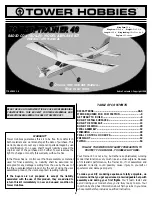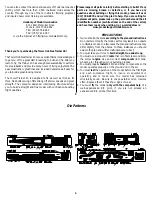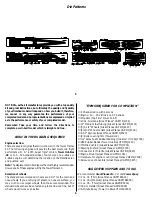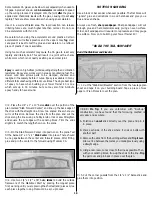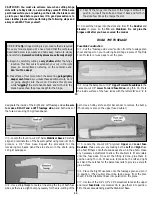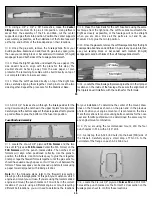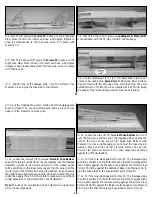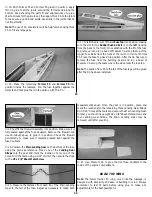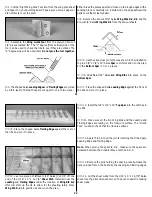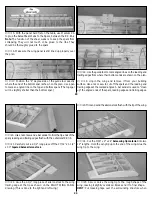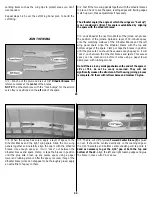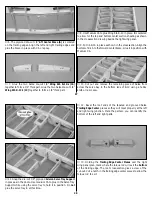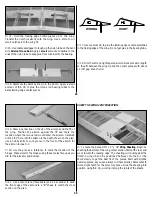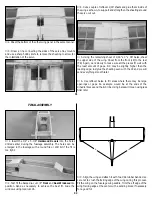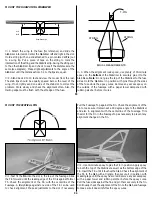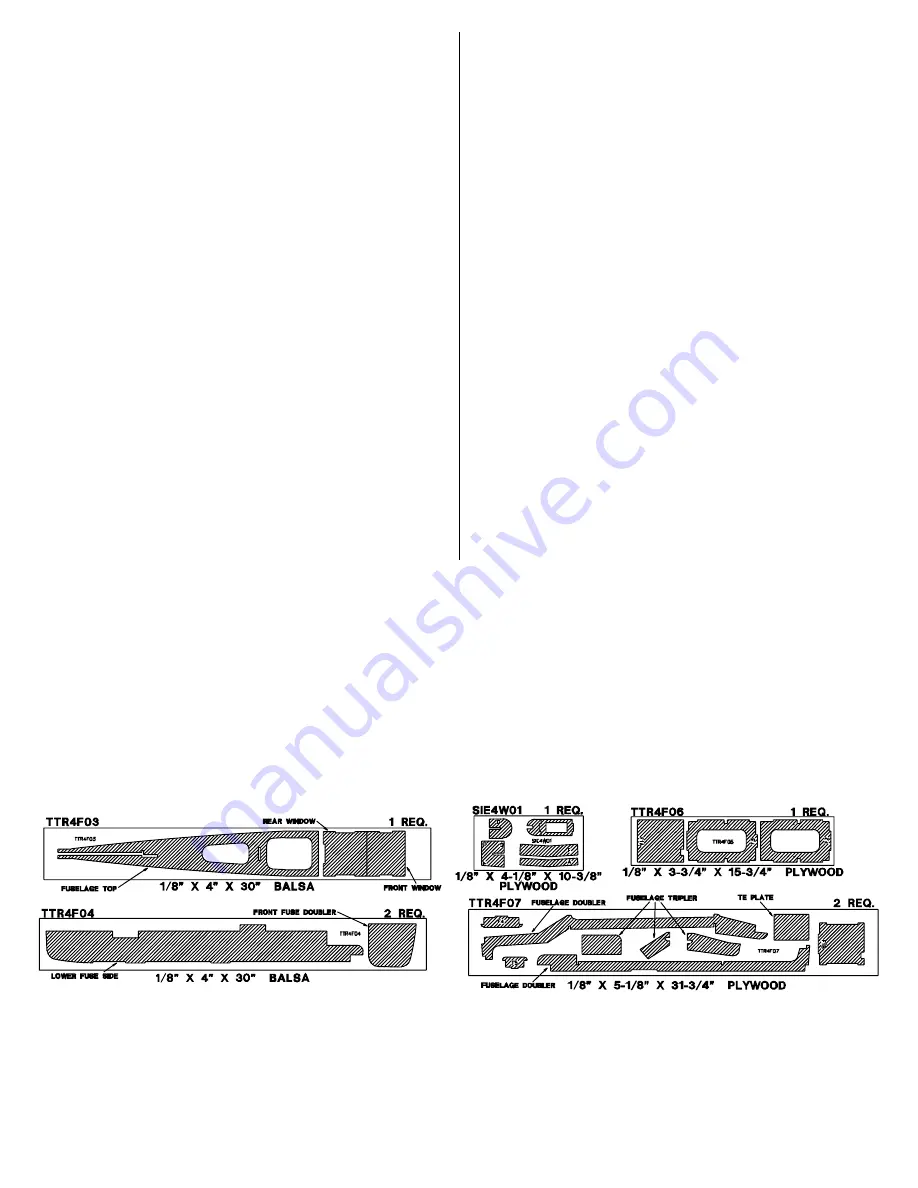
3
You can also contact the national Academy of Model Aeronautics
(AMA), which has more than 2,500 chartered clubs across the
country. Through any one of them, instructor training programs
and insured newcomer training are available.
Academy of Model Aeronautics
5151 East Memorial Drive
Muncie, IN 47302-9252
TEL: (800) 435-9262
FAX: (765) 741-0057
or via the Internet at: http://www.modelaircraft.org
Thank you for purchasing the Tower Hobbies Trainer 40!
The Tower Hobbies Trainer 40 is an excellent trainer model designed
to get you off to a great start in learning to build and fly. After you
learn to fly, the Trainer 40 has enough maneuverability to perform
most aerobatics and provide many hours of flying enjoyment. The
easy construction, great lines and included decals make it easy for
you to build a great-looking model.
The Tower Trainer 40 is designed to fly as well as it looks. Its
thick, flat-bottom wing offers strong lift at slow speeds and great
strength. The computer designed, interlocking structure allows
you to build a straight and true model with confidence-boosting
flight qualities.
Please inspect all parts carefully before starting to build! If any
parts are missing, broken or defective, or if you have any
questions about building or flying this model, please call us at
(217) 398-8970 and we’ll be glad to help. If you are calling for
replacement parts, please look up the part numbers and the kit
identification number (a white sticker on the end of the carton)
and have them ready when calling. Our e-mail address is:
PRECAUTIONS
1. You must build the plane according to the plan and instructions.
Do not alter or modify the model, as this may result in an unsafe
or unflyable model. In a few cases the plan and instructions may
differ slightly from the photos. In those instances you should
assume the plan and written instructions are correct.
2. You must take your time to build straight, true and strong.
3. You must use a proper R/C radio that is in first class condition,
the correct engine size and correct components (fuel tank,
wheels, etc.) throughout your building process.
4. You must properly install all R/C and other components so the
model operates properly on the ground and in the air.
5. You must test the operation of the model before the first flight
and each successive flight, to insure all equipment is
operating and to make sure the model has remained
structurally sound. Be sure to check external nylon clevises
often. Replace them if they show signs of wear.
6. You must fly the model only with the competent help of a
well-experienced R/C pilot, if you are not already an
experienced R/C pilot at this time.
4
Die Patterns

